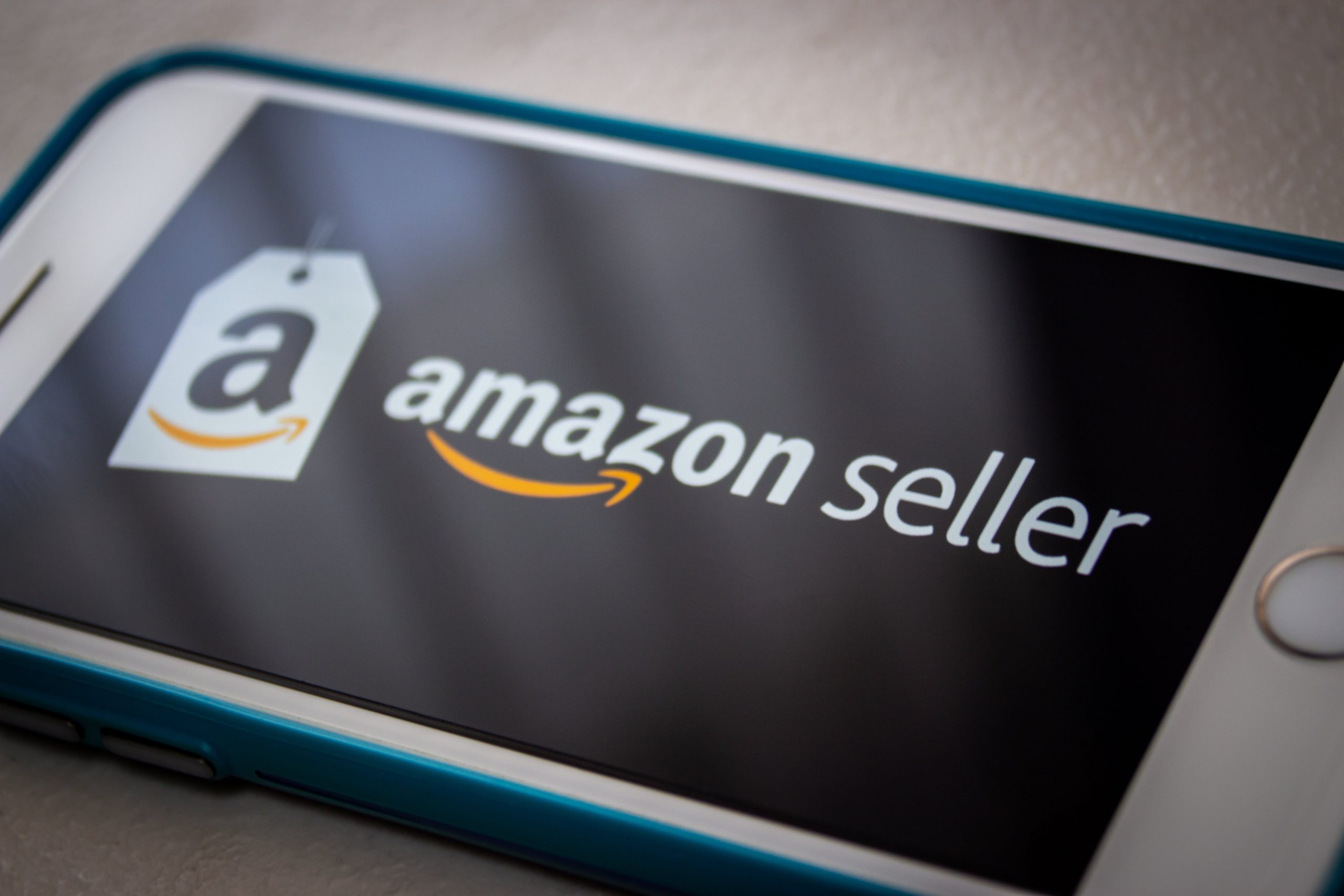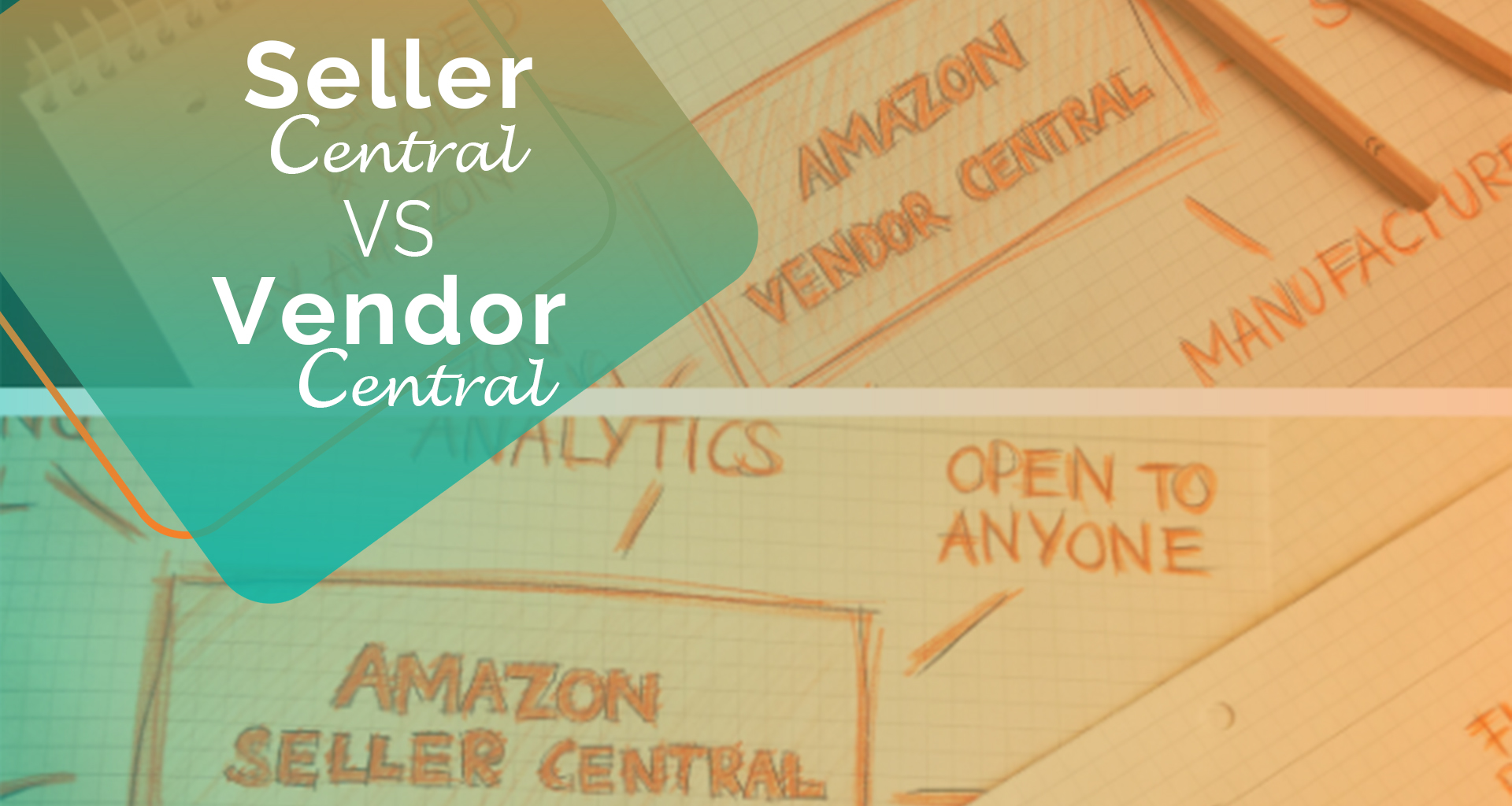What’s the difference between Amazon Seller Central and Amazon Vendor Central? You often hear Amazon merchants talking about both, but despite how their names sound, they are not the same. Amazon Seller Central and Amazon Vendor Central are two very different methods for selling online and cater to different types of retailers.
Below, we explain the Amazon Vendor Central vs Amazon Seller Central feud. We’ll discuss the differences between them and, more to the point, which one is better for you and your selling style.
Read More:- Amazon Vendor Central Vs Seller Central
What is Amazon Seller Central?
Essentially, Amazon Seller Central is an online hub for anyone who sells products directly on Amazon. It acts as a CMS for managing all your Amazon business: product pages, orders, shipment statuses, sales statistics, inventory, advertising, business reports, reviews, and much more. It’s basically your behind-the-scenes headquarters for selling on Amazon.
You can access Amazon Seller Central as soon as you sign up as a merchant for both Individual and Professional selling plans. There’s also an Amazon Seller Central app available for managing your sales from your phone on the go—useful for time-sensitive tasks like responding to customer inquiries.
Amazon Seller Central also has its own forum, where sellers can chat with each other online, sharing advice, asking questions, or simply commiserating. This is a valuable resource for any seller, as the community is a valuable knowledge base for new sales strategies and troubleshooting technical issues.
Read More:- Amazon Dropshipping: Product Research
What is Amazon Vendor Central?
Amazon Vendor Central is actually very different from Amazon Seller Central. While Amazon Seller Central is for everyone who sells on Amazon directly, Amazon Vendor Central is for people who sell on Amazon indirectly, like suppliers and manufacturers.
This is the hub for “first-party sellers,” who don’t sell anything on Amazon themselves but rather sell products to Amazon, and Amazon in turn, sells those products under their own brand. You can recognize these sellers by the on-site label “ships from and sell by Amazon.com.”
Amazon Seller Central may be open to anyone who enlists as an Amazon merchant, but Amazon Vendor Central is invite-only. Unfortunately, the only way to get an invite is to prove the merit of your products; Amazon typically contacts successful Amazon sellers or off-site eCommerce retailers and sometimes exhibitors at trade shows.
Amazon Vendor Central vs Amazon Seller Central
The Amazon Vendor Central vs. Amazon Seller Central debate boils down to a couple of factors:
- Are you successful enough to get an invite to Amazon Vendor Central?
- How much do you want to be involved in the sales process?
Often the determining factor for merchants when deciding which method to use is the fact that Amazon Vendor Central is invitation-only. New and unestablished merchants are stuck with Amazon Seller Central by default because they haven’t been invited to join Amazon Vendor Central.
If you have been invited to join Amazon Vendor Central, then the determining factor is how much you want to be involved in the sales process. If you join Amazon Vendor Central, you have less control over the price of your items and the logistical options.
However, joining Amazon Vendor Central has some special perks that Amazon Seller Central does not. Vendors get access to more features on Amazon Marketing Services (AMS), so if you’re very hands-on when it comes to SEO keywords and search advertisements, you may enjoy the extra opportunities from Amazon Vendor Central.
Amazon Vendors also get to use A+ content, which allows for better branding and more visibility. A+ content lets you use enhanced product descriptions on your pages and better visuals to attract browsing shoppers. There’s also the added benefit of consumer trust: Vendor products display the message “sold by Amazon,” which eases the concerns of shoppers skeptical of buying online.
Using Amazon Vendor Central also simplifies the sales process, making it a better choice for merchants who want less to do. Vendors deal only with purchase orders, billing, and chargebacks, whereas Sellers must also handle inventory, taxation, and customer support on top of their main duties.
Read More:- A Guide To The Best Solution Providers for Amazon Sellers
How to Improve your Amazon Sales
No matter whether you prefer Amazon Seller Central or Amazon Vendor Central, your performance selling on Amazon is vital. A strong sales record can help you attract an invitation to Amazon Vendor Central, but even if you’d rather stick with Amazon Seller Central, you still want to maximize your sales and standing for your own profit.
While we already gave our expert advice on how to improve Amazon click through rates, Amazon PPC campaigns, and inventory management, the most fundamental way to increase both sales and your seller rating is through better visuals like Amazon product photography.
Amazon and ecommerce in general https://feastgood.com/xanax-online-where-to-buy/ are dependent on visuals — after all, online shoppers can’t touch or move products themselves, so they rely on high-quality visuals to determine traits like texture, size, or flexibility. The better your product visuals, the more confident shoppers feel clicking “Buy.”
Most Amazon sellers don’t have prior photography experience, so they outsource their needs to Amazon product photography services like ours. Although we at AMZ One Step deal in a variety of Amazon services, our most popular is by far our Amazon product photography.
With us, you get to leverage our stable of expert photographers and high-end studios on three continents. You receive professional-quality product photos that catch shoppers’ eyes, all without having to invest time and money into your own photo shoots.
If you’re interested in improving your Amazon performance, schedule a free consultation now and we’ll answer any questions you might have.

